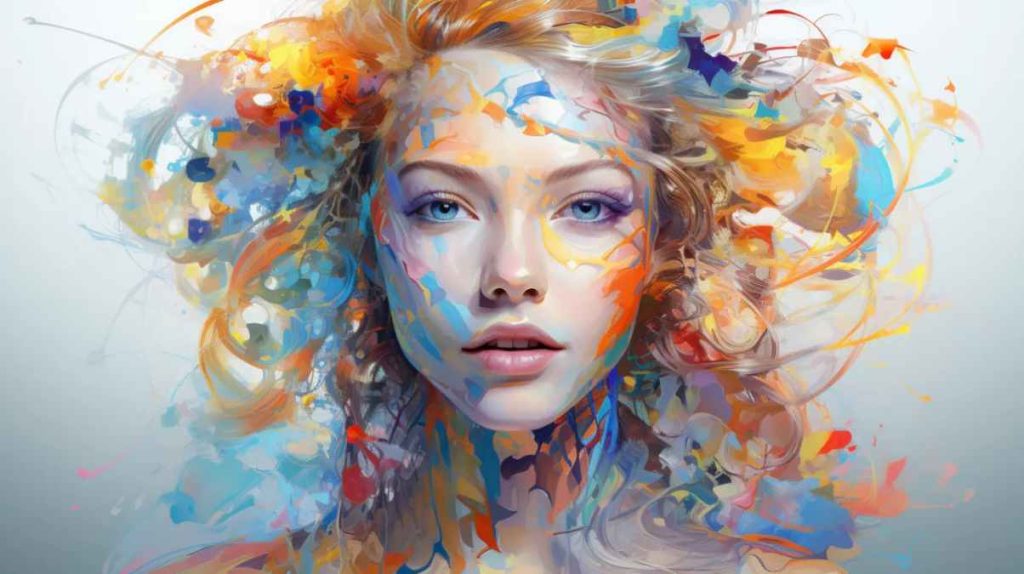In the rapidly evolving landscape of artificial intelligence (AI), one of the most fascinating and creative applications is the ability to generate images with AI. This breakthrough technology has pushed the boundaries of what was once considered possible, enabling computers to mimic human creativity and generate stunning visuals. As we delve into the realm of AI-generated images, we explore the mechanics, the potential, and the impact this innovation holds for various industries.
The phrase generate images with AI signifies a process where sophisticated algorithms and neural networks work together to create images that often seem indistinguishable from those crafted by human hands. These AI algorithms, often based on deep learning models, analyze vast amounts of data to learn patterns, styles, and features present in existing images. Leveraging this learned knowledge, they can then create entirely new images or modify existing ones, leading to a plethora of creative possibilities.
The Process of Generating Images with AI
The process of generating images with AI typically involves a two-step approach: training and generation. During the training phase, the AI model is fed a massive dataset of images, which serves as the foundation for learning. The model uses this data to identify patterns, textures, shapes, and various other features present in the images.
Once the training is complete, the AI model can generate new images by combining elements from the training dataset in unique ways. This process is akin to an artist creating artwork using a vast collection of influences and inspirations. The generated images can range from realistic portrayals to abstract art, depending on the nature of the training data and the design of the AI model.
Generate Images with AI: Unleashing Creative Potential
The ability to generate images with AI has immense potential across a multitude of domains. In the world of art and design, AI-powered image generators can assist artists in brainstorming ideas, providing a fresh perspective, and speeding up the creative process. Artists can use these AI-generated images as a starting point for their own work, adapting and enhancing them to suit their artistic vision.
In the field of marketing and advertising, AI image generators are transforming the way businesses create visual content. Marketers can now quickly produce high-quality images for campaigns, advertisements, and product showcases, ensuring a steady stream of visually appealing content. This not only saves time but also helps maintain brand consistency and relevance in a fast-paced digital landscape.
Moreover, AI-generated images find extensive applications in simulation and gaming industries. Game developers can utilize AI algorithms to create lifelike environments, characters, and textures, enhancing the overall gaming experience. The technology also aids in developing realistic simulations for training purposes, such as flight simulators or medical training scenarios.
Overcoming Challenges and Ethical Considerations
While the advancements in AI image generation are undeniably exciting, they come with their set of challenges and ethical considerations. One prominent concern is the potential misuse of AI-generated images for deceptive purposes, like creating fake news, misinformation, or deepfakes. Addressing this issue requires a careful balance between technological innovation and responsible usage, advocating for stricter regulations and guidelines to combat misuse.
Additionally, biases present in the training data can be inadvertently perpetuated in the AI-generated images, reinforcing existing societal prejudices and stereotypes. It is imperative for developers and researchers to be mindful of this issue and actively work towards mitigating biases to ensure fair and unbiased AI-generated content.
In conclusion, the ability to generate images with AI represents a transformative leap in technology, blending innovation and creativity. As AI algorithms continue to advance and become more sophisticated, the possibilities for generating diverse and captivating images are boundless. However, responsible development and usage of this technology are crucial to ensure that the benefits are maximized while minimizing potential harms. As we move forward, striking a balance between innovation, ethics, and creativity will be key to unlocking the full potential of AI image generators. Furthermore, advancements like upscale AI-generated image showcase the continuous evolution and refinement of AI in the realm of visual art, promising an even brighter future for this exciting field.




